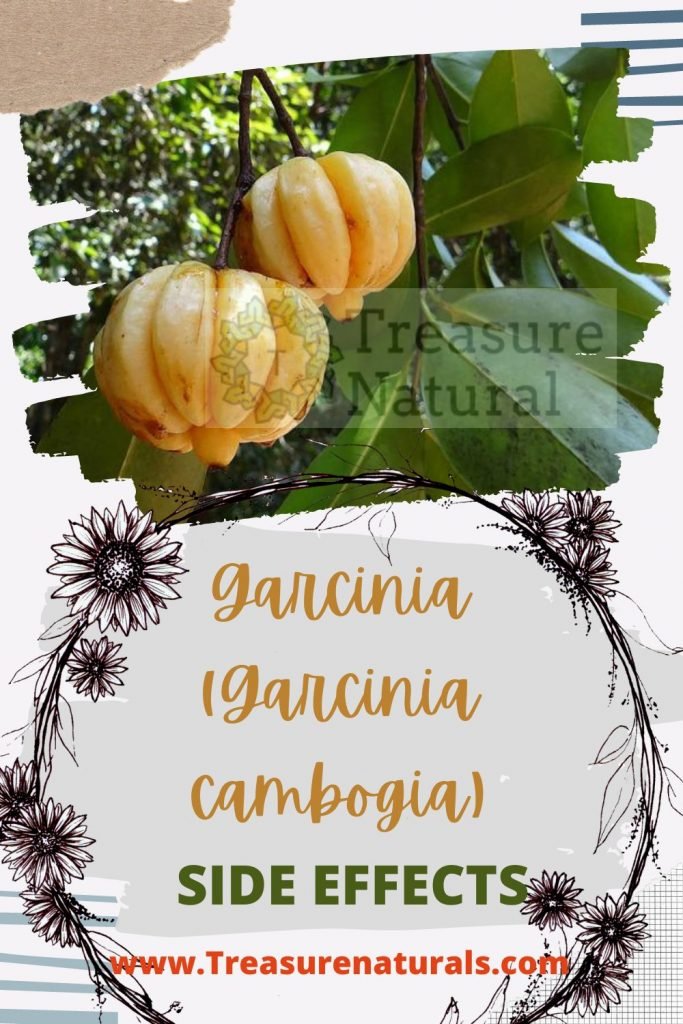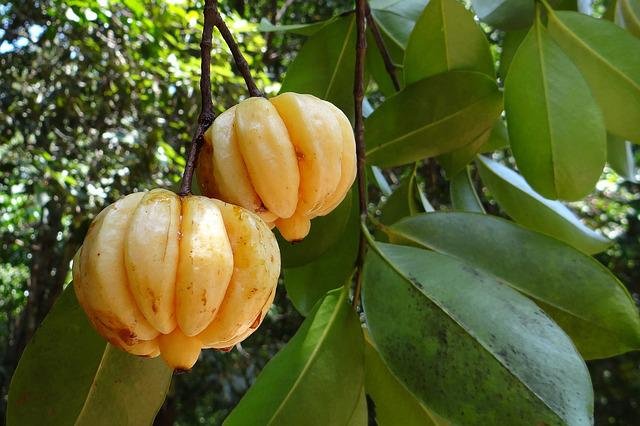
Garcinia (Garcinia cambogia) is a plant of the Clussiaceae family native to the forests of Southeast Asia and the tropical climate areas of southern India. It has a fat-burning action, is useful for regulating cholesterol and blood sugar levels, and produces an orange-brown gum resin used once as a powdered pigment. Let’s find out more about the characteristics and side effects of garcinia.
Garcinia: characteristics and properties
Garcinia cambogia or Garcinia gummi-gutta is a small evergreen woody plant with unisexual and axillary flowers. The leaves are dark green and have an elliptical or oval shape. The fruit, on the other hand, may resemble a small yellow squash.
Garcinia is known above all for its fat-burning action, due to the presence in the peel of pectins and hydroxycitric acid (HCA) These compounds are able to inhibit the enzyme ATP citratoliasis, of enormous importance in the metabolization of fats.
Furthermore, hydroxycitric acid blocks the synthesis of acetylcoenzyme A, an energy substrate used by the body for the synthesis of cholesterol and other lipids. The intake of garcinia, therefore, also allows to reduce the levels of cholesterol and triglycerides in the blood.
Garcinia, avoiding the accumulation of adipose tissue, is recommended in case of obesity for its slimming and adjuvant properties in weight control and dietary regimes.
The side effects of Garcinia

Garcinia has no particular contraindications or side effects. In any case, since its use as a medicine is recent, it is always recommended to take it with caution in case of pregnancy and breastfeeding, and to consult a specialist doctor before taking it.






